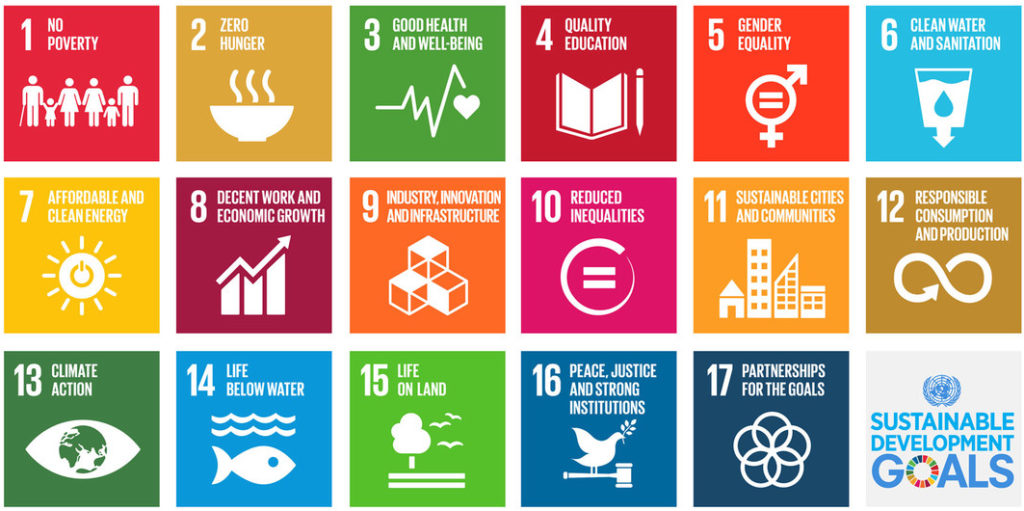SUSTAINABLE DEVELOPMENT GOALS AND AGROECOLOGY
The call for a transition to sustainable food and agriculture systems
iSDG Model
The Millennium Institute has developed a simulation model to assess the achievements of the Sustainable Development Goals.
How does Agroecology contribute to the achievements of the SDGs?
SDGs and Agroecology
This iSDG modelling analysis presents and compares the results for the 17 SDGs under two different scenarios: a Business As Usual and the Agroecology scenario.
Global food systems are largely based on an agricultural model that has lost touch with its ecological and social base. Instead of a system of farming that is sustainable and diverse, as called for in the Agenda 2030, the dominant form of agriculture – at least in industrialised and emerging countries – is intensive, industrial-scale agriculture. This type of farming leaches soils, destroys rainforests, pollutes watercourses, threatens biodiversity, causes pesticide resistance and harms the health of producers and increasingly consumers as well. Finally, it increases greenhouse gas emissions and so makes a significant contribution to global climate change.
This calls for a transition to sustainable food and agriculture systems that ensure food security and nutrition for all, provide social and economic equity, and conserve biodiversity and the ecosystem services on which agriculture depends.
Agroecology offers a unique and systemic approach to food systems whilst simultaneously providing answers to many of the SDG challenges. Further, Agroecology contributes to meeting the needs of future generations while ensuring no one is left behind.
With family farmers, including smallholder farmers, indigenous people, fisher folks, mountain farmers and pastoralists at its heart, Agroecology seeks to transform food and agriculture systems, addressing the root causes of problems and providing holistic and long-term solutions based on co-creation of knowledge, sharing and innovation, including the combination of local, traditional, indigenous and practical knowledge with multi-disciplinary science.
In September 2015, the UN Assembly adopted the 2030 Development Agenda that outlines the 17 Sustainable Development Goals (SDGs), acomprehensive framework designed to guide development efforts over the following 15 years. In contrast to the former Millennium Development Goals, these goals apply for the first time to industrialised as well as developing and emerging countries.
The Agenda 2030 also aims to fight root causes rather than just symptoms. It is an agenda that forces humanity to break out of its silo mentality.
Agriculture, with its multiple connections to key aspects, such as food security, livelihoods – especially for the rural poor –, ecosystems, climate change and health, is a crucial sector for the achievement of these goals. However, it has been highlighted that a transformation towards sustainable agriculture is necessary to improve the achievement of the SDGs (FAO 2018, Caron et al. 2018).
Policy planning and assessment of policy impact is very challenging in the context of the SDGs due to the multi-disciplinary, interconnected and complex nature of the Agenda 2030. The fact that policies in one sector can have an effect on several other sectors and other goals and targets, but not necessarily in a linear way, highlights the need for integrated planning across sectors to develop coherent policies (O’Connor et al. 2016).
Caron, P., Ferrero y de Loma-Osorio, G., Nabarro, D. et al. (2018): “Food systems for sustainable development: proposals for a profound four-part transformation”. Agronomy for Sustainable Development, 38(41).
FAO (2018): “Transforming food and agriculture to achieve the SDGs – 20 interconnected actions to guide decision-makers”. Food and Agriculture Organization of the United Nations. Rome, FAO.
O’Connor, D., J. Mackie, D. Van Esveld, K. Hoseok, I. Scholz, N. Weitz (2016): “Universality and Policy Coherence for Sustainable Development: Early SDG Implementation in Selected OECD Countries”, WRI Working Paper, World Resources Institute, Washington D.C..
